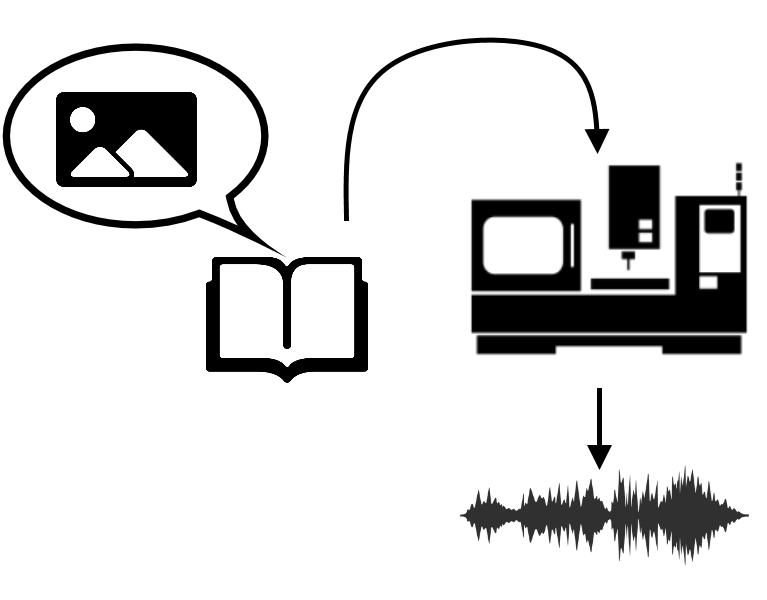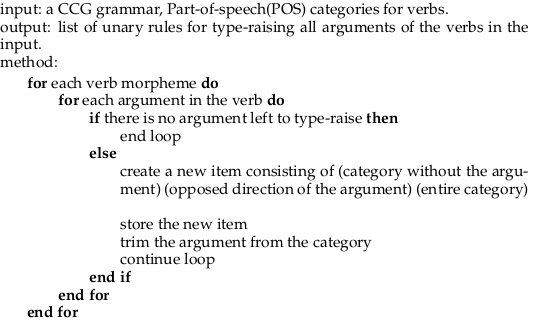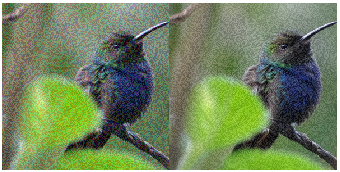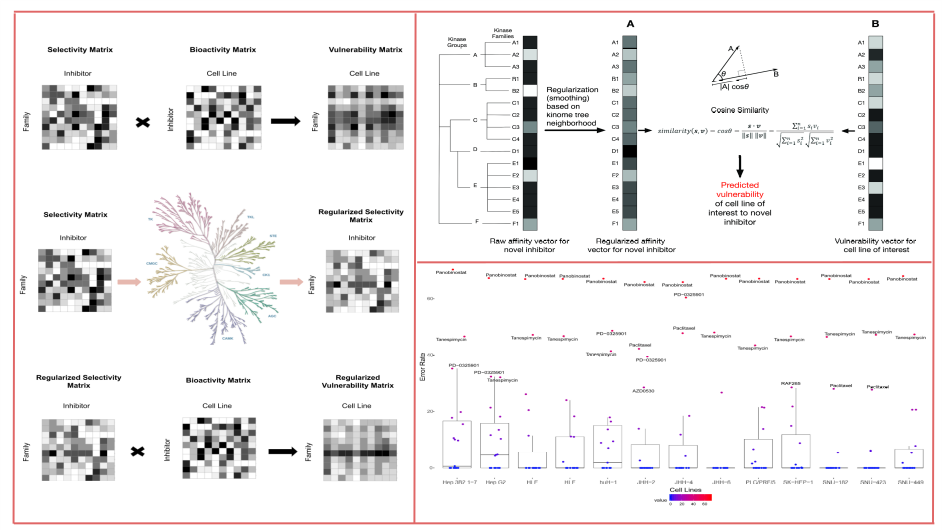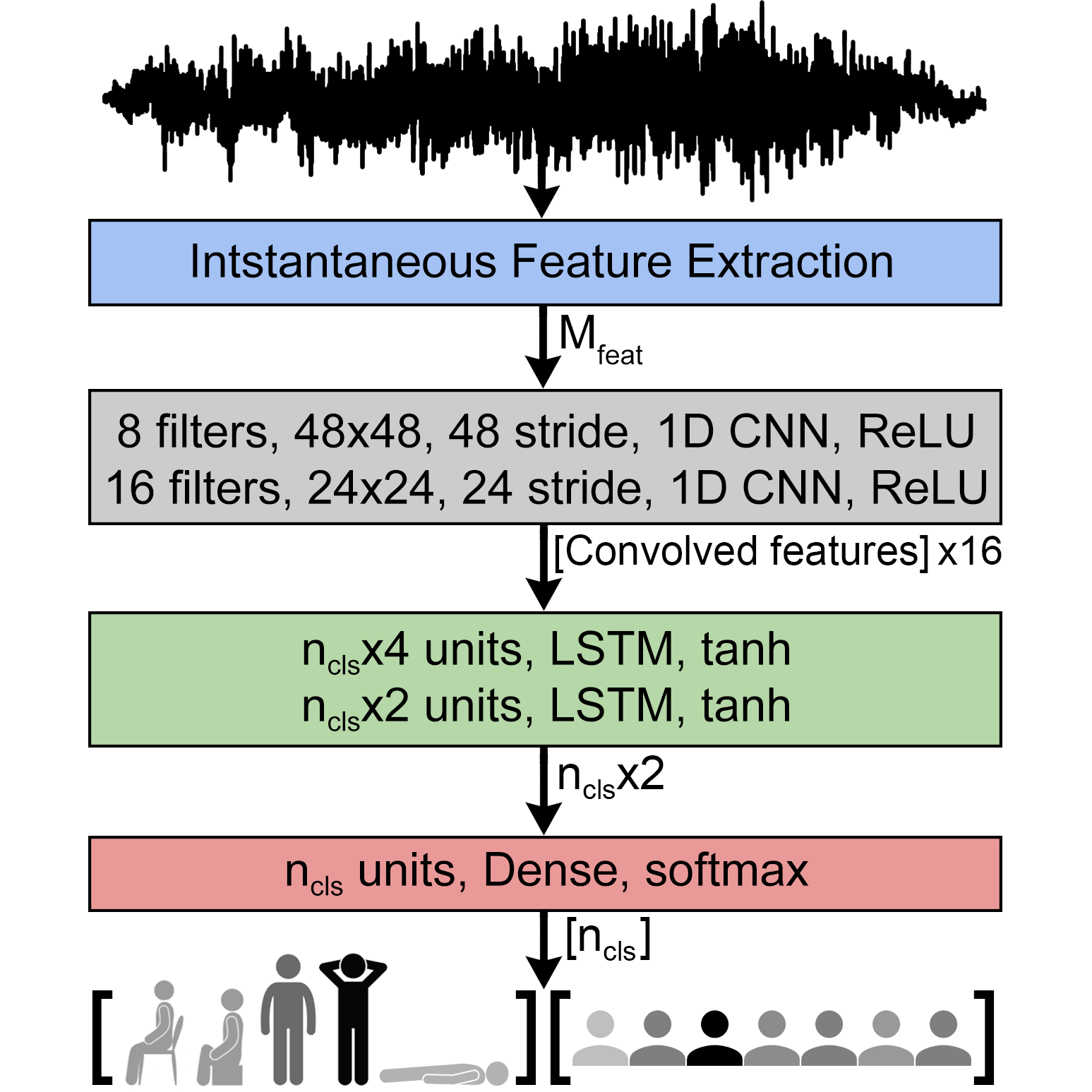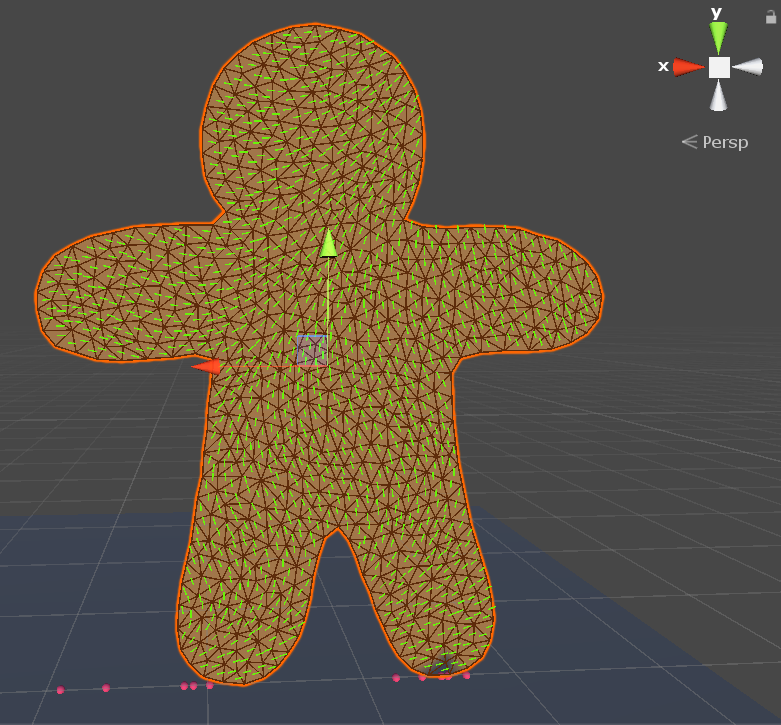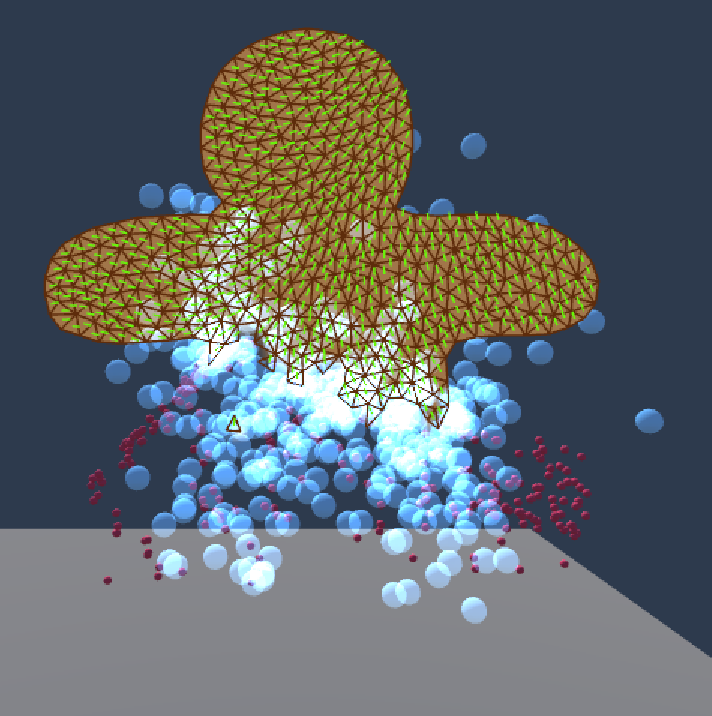Ümit Eronat , Synthesis of Soundscapes Based on an Automatic Analysis of Auditory Imagery in Literary Texts
Our project brings together the concept of sound generation from free text input. Because a good story text can describe an environment quite well, both in terms of visual and aural aspects, we decided to use this feature to create virtual soundscapes that will both be generated procedurally and have the depth, complexity and control of a story text. In this thesis we describe the mechanics of analyzing free text user input queries and a way of converting this analysis into procedural soundscape generation.
Date: 05.09.2019 / 10:00 Place: A-108
